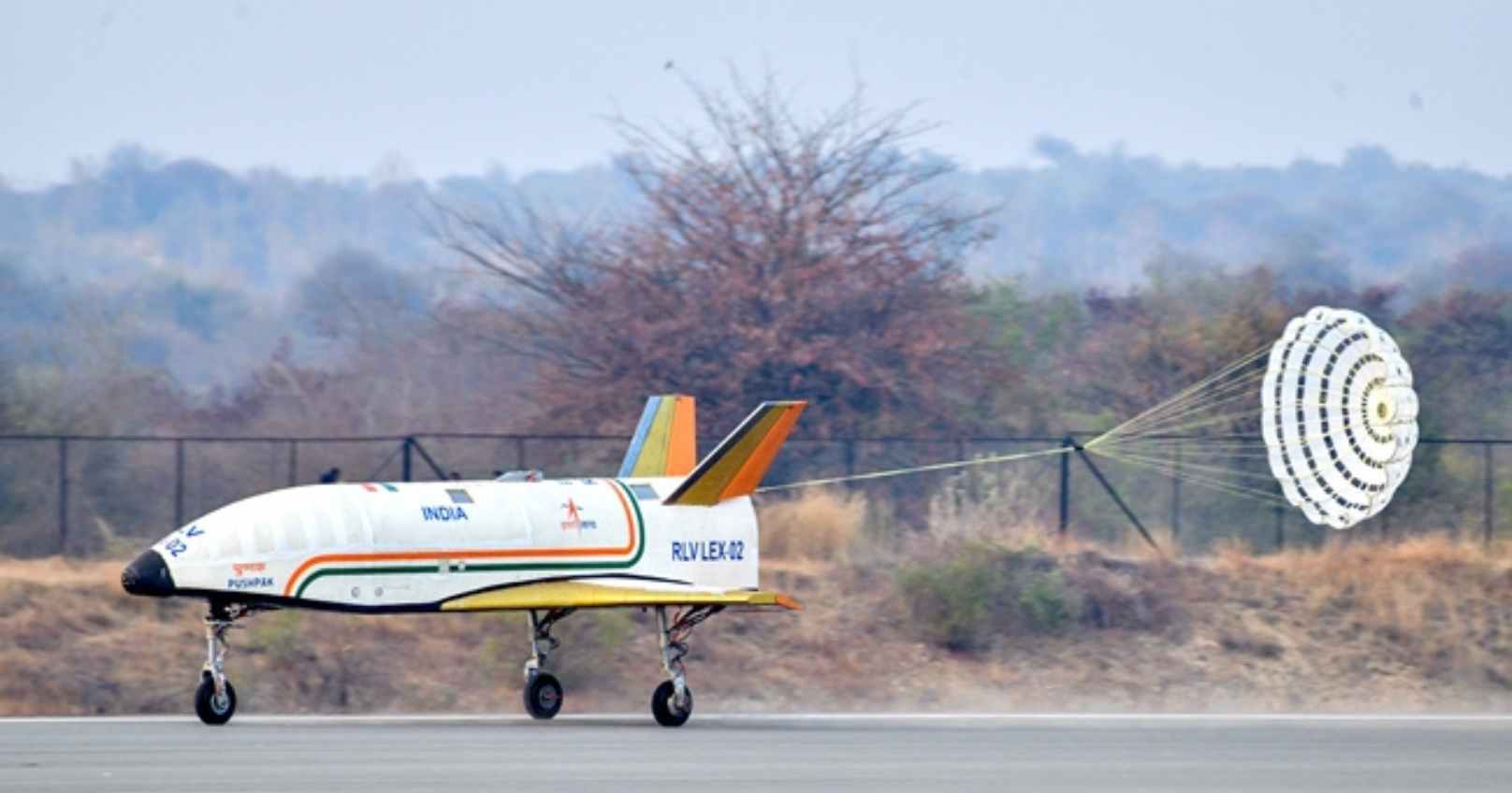ISRO, the Indian Space Research Organisation, achieved a remarkable feat today by successfully conducting its third consecutive landing experiment with a reusable launch vehicle (RLV) named Pushpak. This milestone underscores India's progress in developing advanced space technologies.
The experiment, known as the Reusable Launch Vehicle Landing Experiment (LEX-03), took place at the Aeronautical Test Range in Chitradurga, Karnataka. ISRO's Chairman S Somanath described it as a "hat-trick" of safe landings for the Pushpak, paving the way for future orbital tests. Pushpak is designed to be launched into space atop a rocket and return safely to Earth, akin to a space plane, which could significantly reduce the cost of space missions.
During LEX-03, Pushpak was released from an Indian Air Force Chinook helicopter at an altitude of 4.5 km. The vehicle autonomously corrected its course, approached the runway, and executed a precise horizontal landing at the centreline of the runway. Despite its aerodynamically challenging configuration, Pushpak touched down at a speed exceeding 320 kmph, slowed down to 100 kmph using a brake parachute, and safely came to a stop using its landing gear brakes.
This successful landing experiment validates ISRO's advanced guidance algorithms and multi-sensor fusion technologies essential for future missions involving orbital re-entry. The experiment also demonstrated ISRO's capability to reuse flight systems across multiple missions, highlighting the robustness and cost-efficiency of its space program.
The development of Pushpak, resembling an aeroplane-like spacecraft, has been a culmination of over a decade of dedicated effort by ISRO engineers and scientists. With each successful test, ISRO gains confidence in its ability to acquire critical technologies necessary for future space missions, marking a significant step forward in India's space exploration endeavors.







